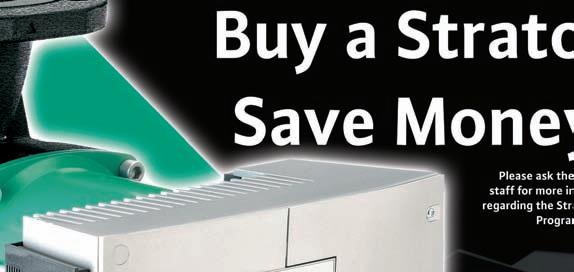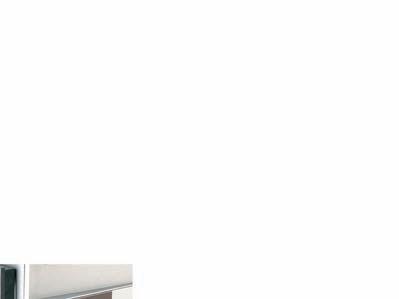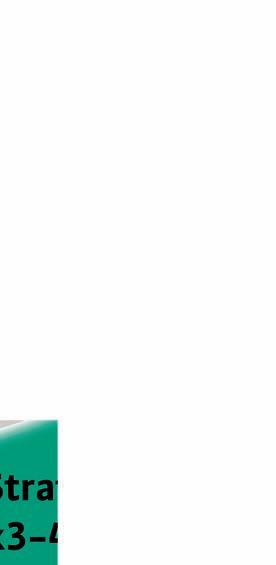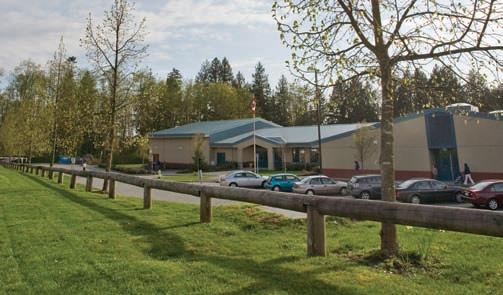
4 minute read
EPDM Durability Key to Green Roofing Decisions
BY TERRY O’CONNOR, NATIONAL BUSINESS MANAGER, FIRESTONE BUILDING PRODUCTS CANADA
The green building movement has taught us a lot. Most notably though, is that when it comes to the low-slope roofing industry, there are many “shades of green.”
Depending on whom you talk to, where you are located and what your specific building needs are, the green roofing discussion may involve reflective white membranes, vegetative roofs, solar panels, acrylic-coated membranes, increased insulation R-values and more. The greenness of a product, however, is not something that is easily determined. Too often, judgments and product recommendations are based on overly simplistic generalizations or factors such as solar reflectivity indexes, thermal ratings and other attributes. Moreover, most of the green discussion centers around initial system design—not the system’s life cycle.
For a roofing material to be deemed truly “green,” it is imperative to look beyond the initial design stage and consider the system’s full operational life. As such, long-term durability is a key factor that merits serious consideration in the green roofing discussion.




ROLE OF ROOF DURABILITY
In a white paper titled Sustainable Buildings: Addressing Long-Term Building Envelope Durability, James Hoff, DBA, research director for the Center for Environmental Innovation in Roofing, noted that several industry researchers are concerned that today’s green rating systems may not emphasize product durability enough.
Specifically, Dr. Hoff cited Jamie McKay, a LEED®-accredited professional who said, “The majority of green building assessment systems focus on the design to the constructed building, with little focus on the effect of the building system’s life during operation. This tendency has resulted in a failure of many rating systems to properly consider durability, life-cycle cost and the effects of premature building envelope failures.”
Likewise, when Hoff presented LifeCycle Assessment and the LEED Green Building Rating System at the 2008 RCI convention, he explained that life-cycle assessment (LCA) is a better measure of a roofing material’s cradle-to-cradle impact and more accurately reflects its long-term economic and environmental value compared to traditional lifecycle cost (LCC) analysis.


Roofing system durability, therefore, is a critically important factor in green roofing decisions. This is particularly true for applications where long-term building ownership is concerned, such as school districts and healthcare facilities.
Yet, despite the heightened awareness of green building practices, most low-slope roofing material purchases are based on cost rather than environmental performance. The green considerations for roofing are often taken into account only when dictated by an owner or when a subsidy exists.
EPDM: BLACK, WHITE AND GREEN
As roof designers place more emphasis on LCA and cradle-to-cradle concepts, EPDM’s combination of low installation cost and excellent lifetime economic value, durability, installation ease, design flexibility and recyclability make it an ideal economic and sustainable choice.
After nearly five decades and more than 20 billion square feet of proven field performance, some roofing manufacturers today warrant premium EPDM systems for up to 30 years. With a proactive maintenance program and periodic tune-ups, EPDM systems may last well past their expected service life. In fact, the SKZ Group in Germany conducted a study on EPDM and found that its expected life is between 50 and 75 years.
When a white membrane is important to the design plans, EPDM offers more flexibility compared to thermoplastic membranes, allowing yearround application. White EPDM (white-on-black bi-laminate) membranes possess the same physical traits as their black counterparts, while providing a highly reflective alternative to thermoplastics and coated membranes, when a cool roof is mandated. For example, Firestone’s RubberGard™ EcoWhite™ EPDM membrane has an initial solar reflectance of 0.80 and a solar reflectance index of 99, making it one of the industry’s most reflective— and durable—white membranes.
When it comes to recycling, EPDM is the roofing product of choice for ecoconscious developers. With the support of several industry partners, the EPDM Roofing Association’s (ERA) recycling program has been quickly transformed from a promising idea to a viable option. The ERA announced that more than five million square feet of EPDM membrane has been recycled since the program's inception three years ago. That total is reportedly the largest recorded figure for a recycled commercial roofing product in North America. Today, EPDM roof recycling extends throughout the United States and into Canada. As the “shades of green” continue to evolve, overall roofing system durability and life-cycle assessment are increasingly important factors for selecting the best option. Designing a green roofing system today requires a longterm view to ensure it delivers environmentally and economically for decades to come.

D.G. MACLACHLAN LIMITED
WHOLESALE LOCKSMITH SUPPLIES & HARDWARE KEY BLANKS • KEY CABINETS • PADLOCKS KEY MACHINES • HIGH SECURITY LOCKS
4050 Grant Street Burnaby, B.C. Canada V5C 3N5
TEL: 604-294-6000 1-800-665-0535 FAX: 604-294-3333











